latest
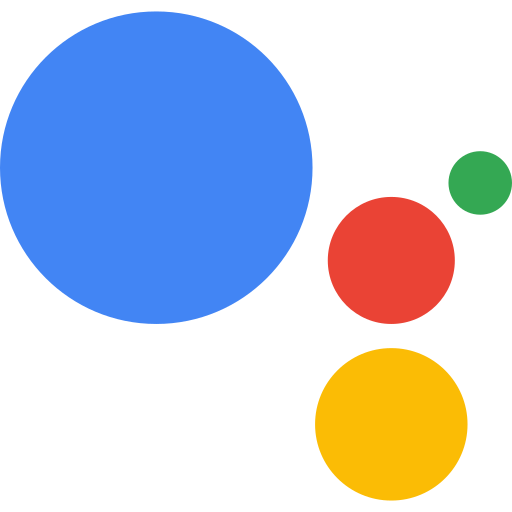
Google has introduced new U.S. English voices for Assistant Actions, Female 3 and Male 3. The company suggests that developers use these voices as they are the highest quality options it has offered for the dialect to date.
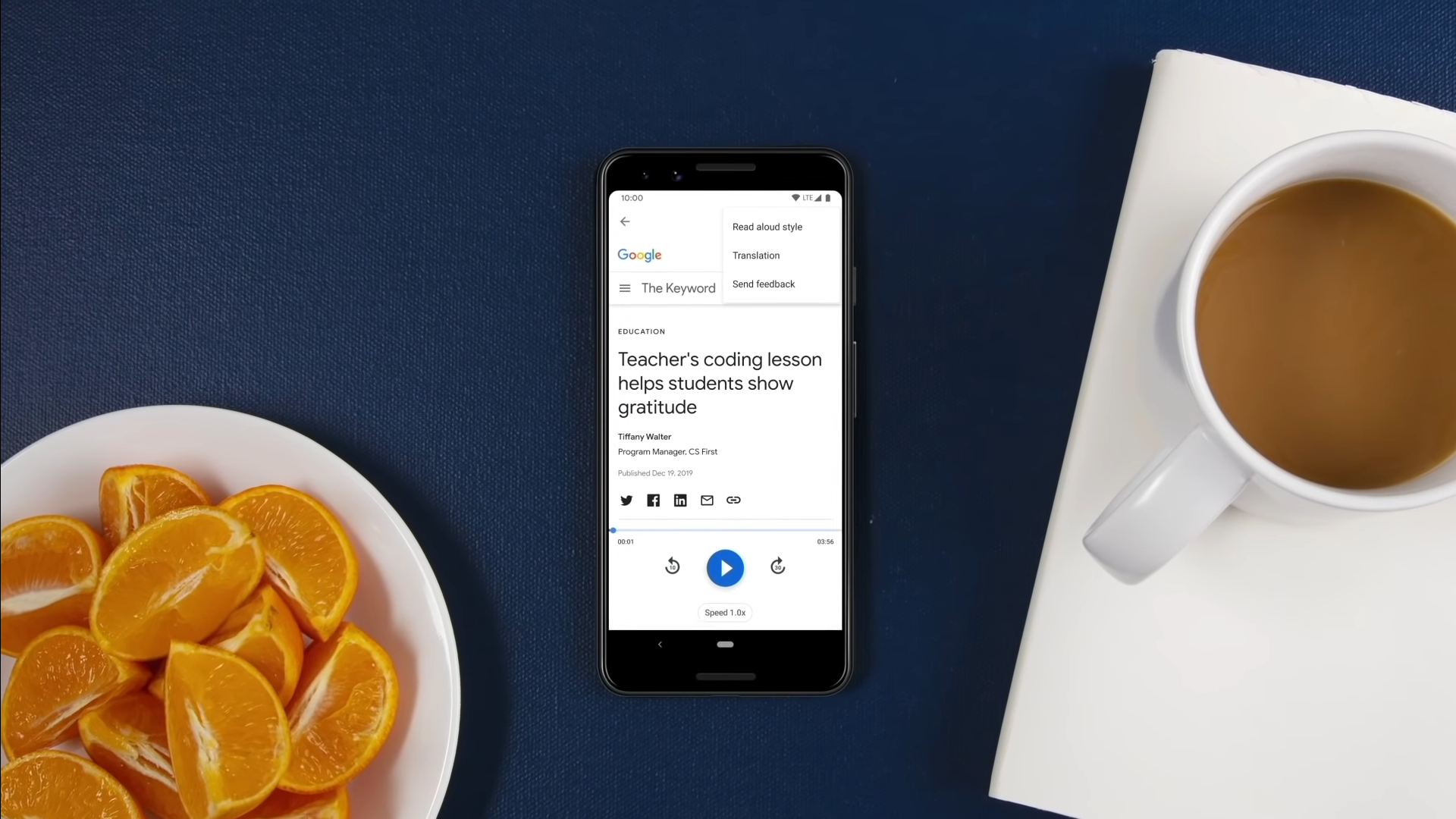
Tell Google Assistant to 'Read It,' including webpages translated from 42 languages
Text-to-speech is getting way better with syntax and expression
The ways we experience media on the web tend to be designed only for the publisher's intended medium. You don't consume videos just for their sound, for example, and podcasts don't often come with word-for-word transcripts, but there are ways of enjoying those pieces of content with augmentation. Some of the toughest challenges in making text sites cross-consumable via dictation has been in naturalizing machine voices and translating stories rich in grammatical tapestry from other languages. Google Assistant is now bringing its answers to those challenges with new text-to-speech functionality available today.
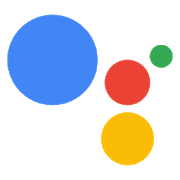
Read update
- Heaters were just added to the list of supported device types as well. The documentation reads, "Heaters are similar to thermostats but do not support cooling and may not support setting temperature targets. Heaters may rely on modes, toggles, and fan speed settings."
Google Assistant already works with a wide variety of smart home devices, but every once in a while, new product categories are added. Around a year ago, Google added support for A/C units, kettles, ovens, and more. According to to new developer documentation, Assistant will soon work with smart air fresheners and... fireplaces.
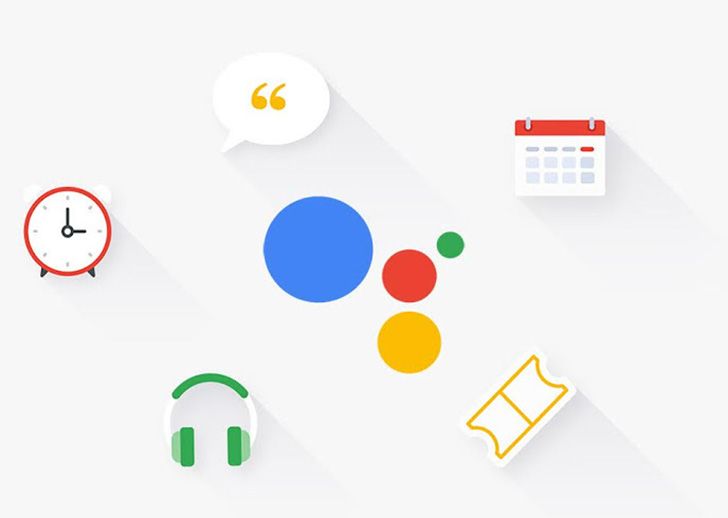
Google Assistant can do a lot of awesome things, but that list would be much shorter without developer support. That's what Actions on Google is all about—it helps developers integrate apps and services with Assistant. Thus, you can shout at your phone and smart speakers more often. Now, developers can start supporting the Chinese (traditional) language in their Actions.
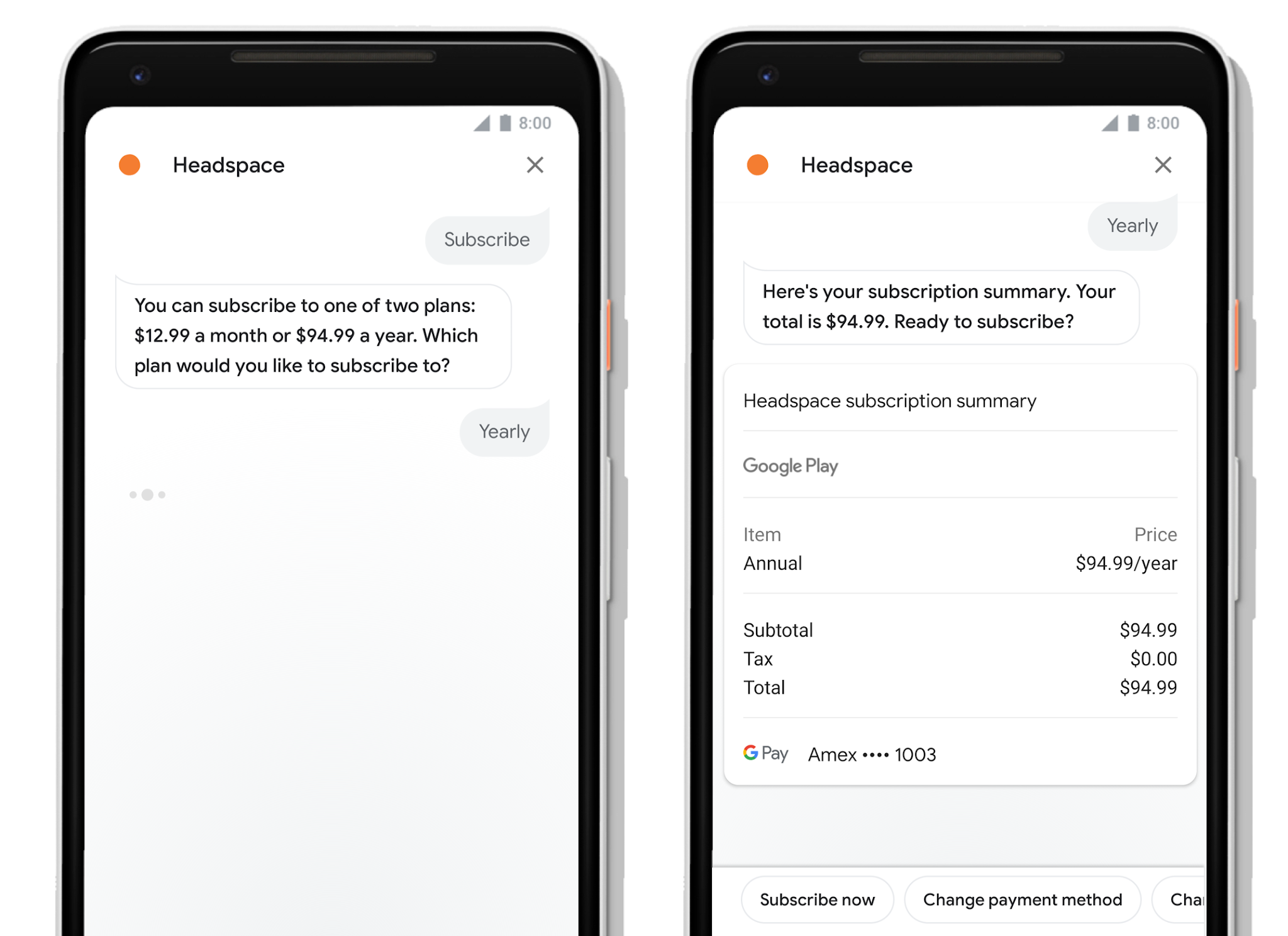
Google has allowed developers to sell physical items from Assistant in the past, but now it's expanding that to digital goods and services. That means developers can sell things like subscriptions or in-game content via custom Actions without ever bouncing you out of Assistant. There are also improvements coming to Google sign-ins to make this process easier. And guess what? It's US-only to start. Shocking, I know.
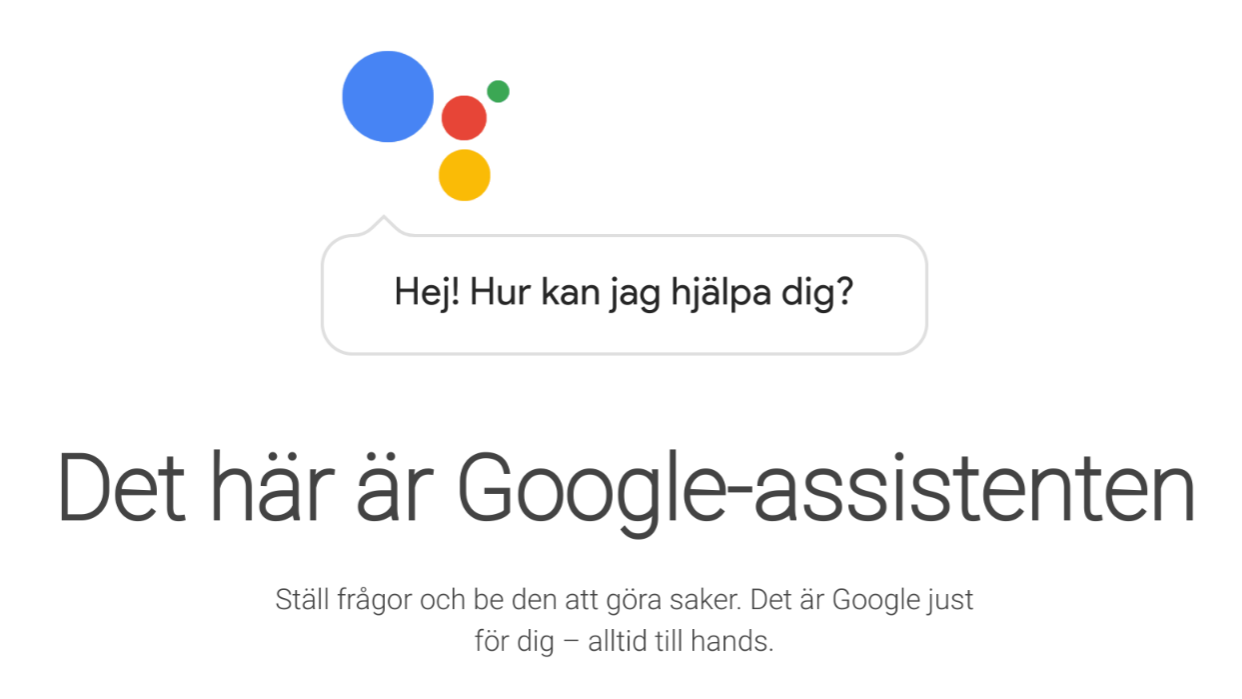
Gather 'round, Svenska speakers, we have great news for you this morning. After months of promises and speculation, the Google Assistant can now officially understand your language.
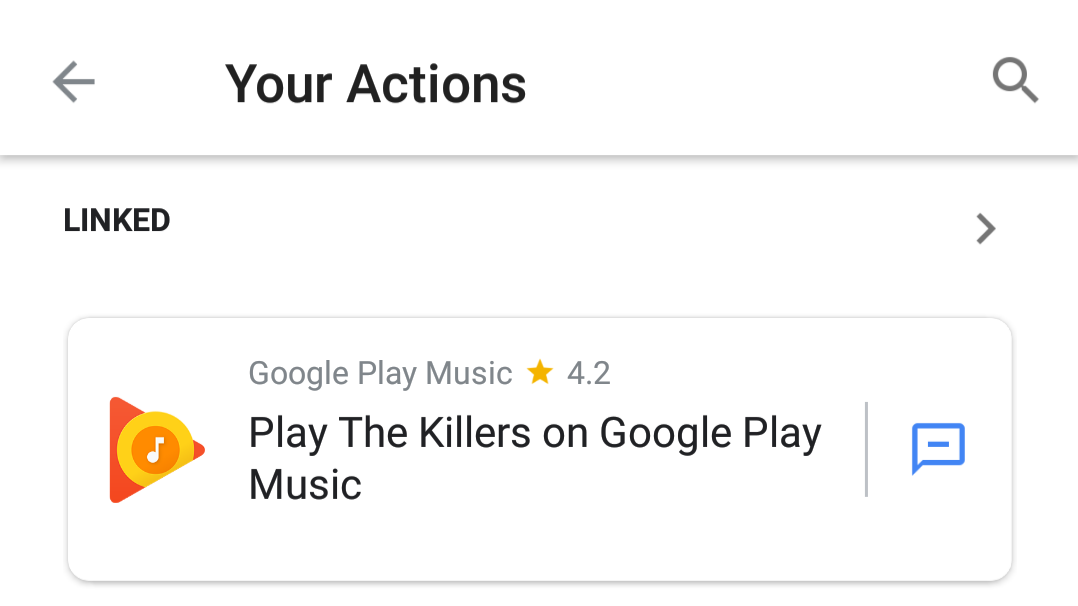
Google Assistant has added a "Your Actions" shortcut at the bottom of the Explore tab that, when pressed, shows a handful of actions you have linked, with the option to view a full list. This is the first centralized location for this information; previously, it was hard to tell which services you'd linked to Assistant and which you hadn't.
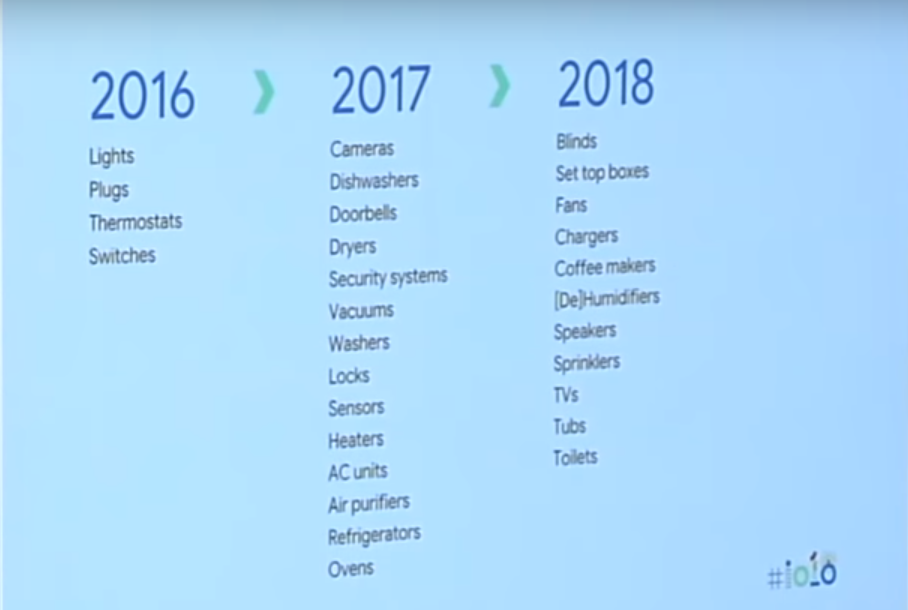
In a not-so-distant future, you'll be able to control everything with your Google Home and Assistant. No sooner did we discover seven new device types supported directly by it (A/Cs, air purifiers, fans, coffee makers, kettles, ovens, sprinklers) than we learned about even more devices being added shortly, sometime in 2018. The news came from an I/O session where the Actions on Google team dumped the above slide with all the planned device types.

Ever since they were introduced, Actions on Google have been gaining more and more features. They're the backbone behind everything you can do in Assistant with third-party services and apps, and since Assistant is spreading its tentacles everywhere these days, they will become more and more fundamental to the way we interact with our phones, speakers, TVs, and other smart devices. The latest announcements coming out of I/O will help developers achieve more with Actions on Google.

If you're a developer working on an Actions on Google service or you're a maker of a smart home device or connected gadget and would like to try out your new Assistant action in different scenarios, you're a little limited for options. You likely will have to test it internally among your team, if you have one, but beyond that, you can't account for every situation and bug and will have to deploy at some point and hope things don't go wrong when many people start using it. But now you can test it out, as you would an Android app.
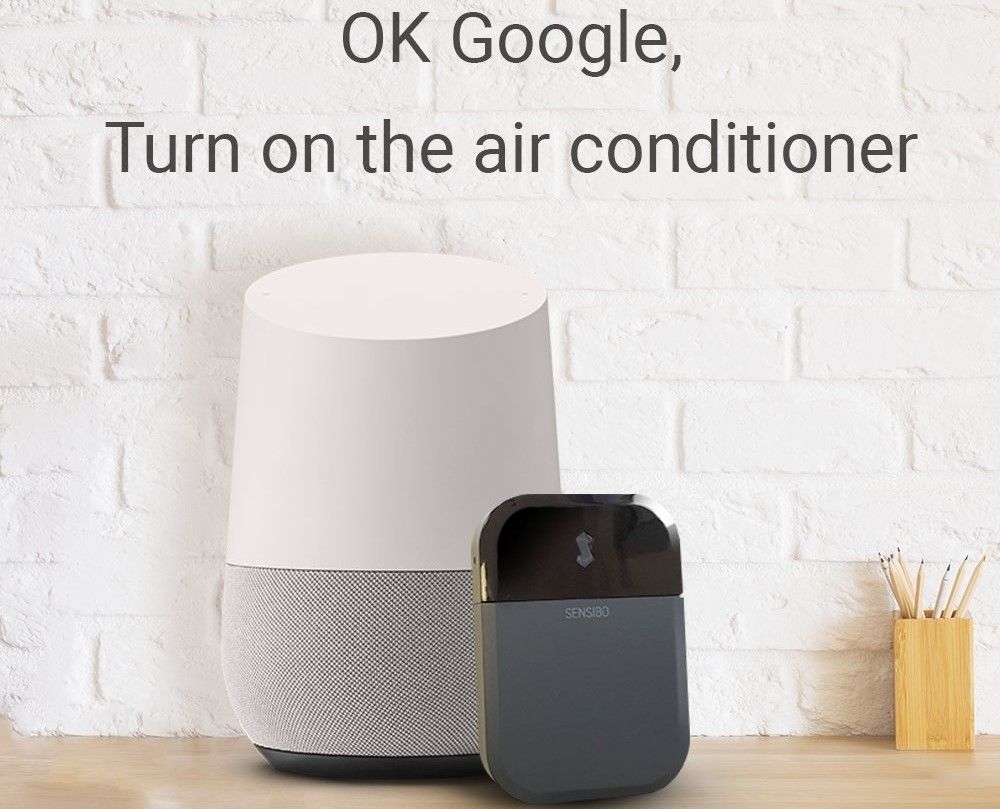
The Google Assistant (and thus Home) can control several kinds of devices natively: lights, switches, and thermostats were some of the first ones supported, but we later saw fridges, washers, dryers, and more. Now, seven new device types are being added to the native controls in Assistant, thus expanding its potential more and more.

A few days ago, Google announced new features coming to Assistant on Wear OS and now they've started to roll out. We're not sure if this is a server-side update or if it's related to a Google app update on your watch. When I tried Assistant this morning, I saw the old interface, then the Google app on my watch updated to version 8.2.8.25. I tested Assistant immediately after and it was still the same, but one minute later, I had the new interface.
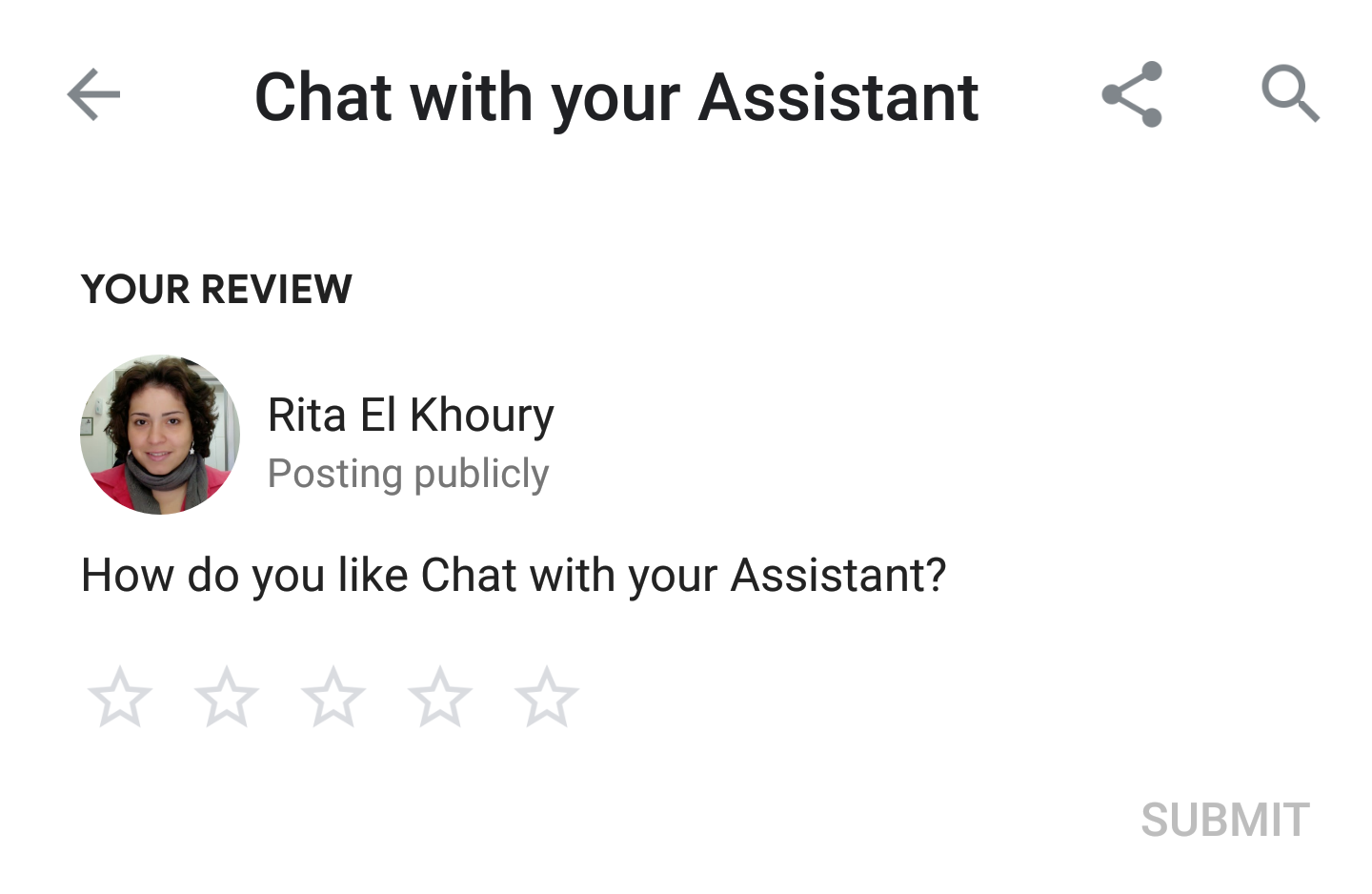
Talking to Google's Assistant is a mishmash of experiences that range from conversing with a service implemented by Google like Weather, to a third-party service that's part of Home control and thus natively integrated like Philips Hue, to a third-party Actions on Google service that comes with a different voice and requires a "talk to service_name" syntax like Harmony or Todoist. But Google has united all of them under one directory that's easily accessible from the web or when you invoke Assistant on your phone and tap the blue envelope-like icon on the top right to get to Explore. It's been possible to rate all those Assistant actions and services before, but reviewing them wasn't yet feasible. Now you can write reviews along with your ratings - something Cody knew would be coming after a teardown a couple of months ago.
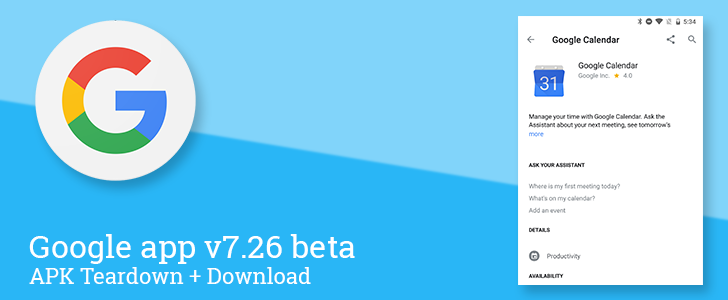
Google has been pushing out new updates to its self-named app with unusual vigor over the last few weeks. Despite an aggressive release schedule, there are still quite a few additions and clues about future changes. The latest update actually brings some visible changes if you look into Actions on Assistant; but more importantly, there are a handful of clues about future enhancements to Actions, the home screen widget, and more.
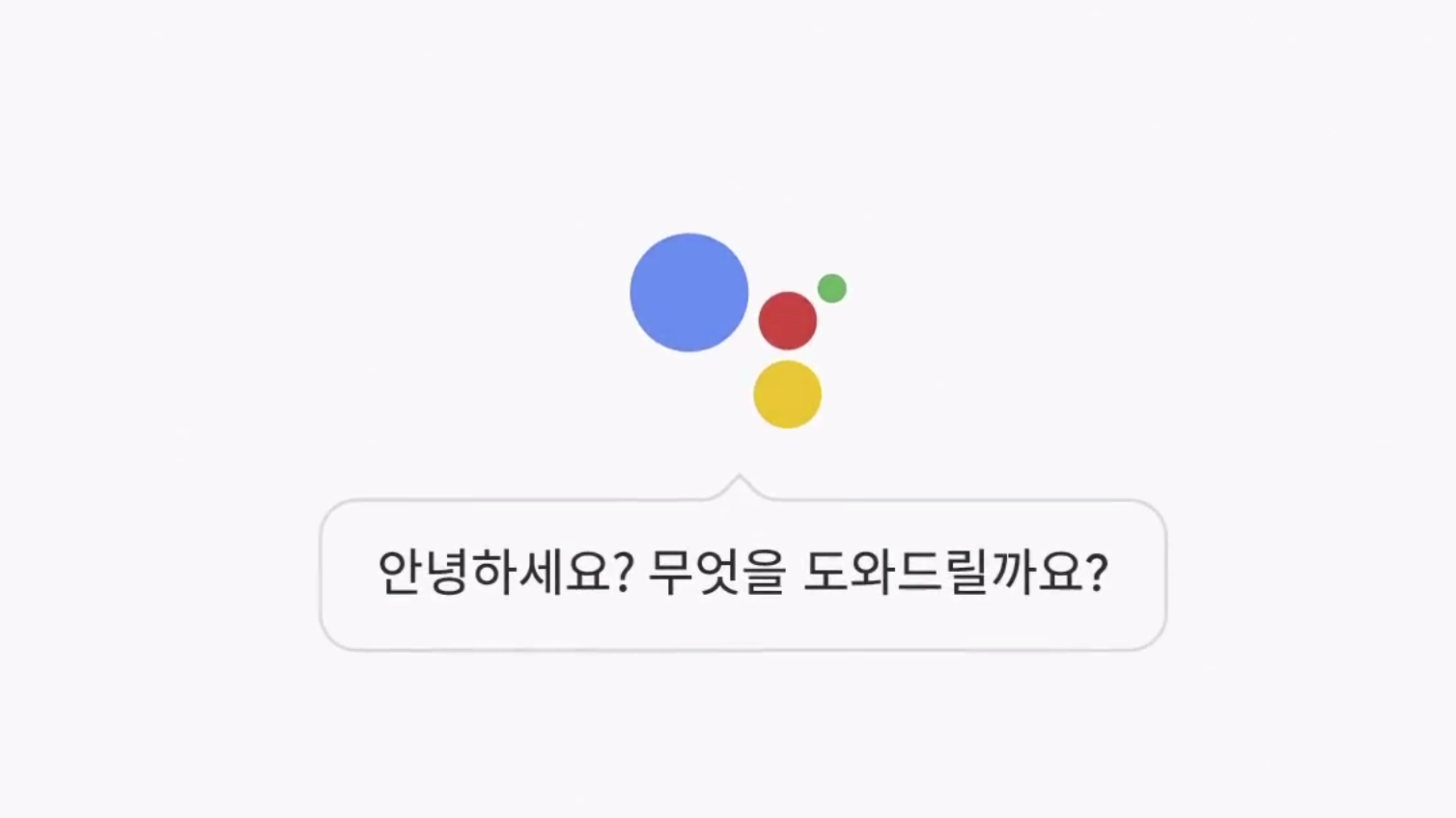
Read update
- The Allo Assistant support page was just updated to add Korean as a supported language, so you can now expect smart answers and contextual information inside Allo when you're typing and speaking in Korean.
At I/O this year, Google promised support for the Korean language would be coming by the end of the year to Assistant. Then at the October Pixel event a couple of weeks ago, Google also stated that Actions on Google (third-party Assistant integrations from different services) now support Korean. Between then and now, it appears that support for the Korean language has gone live on Assistant.
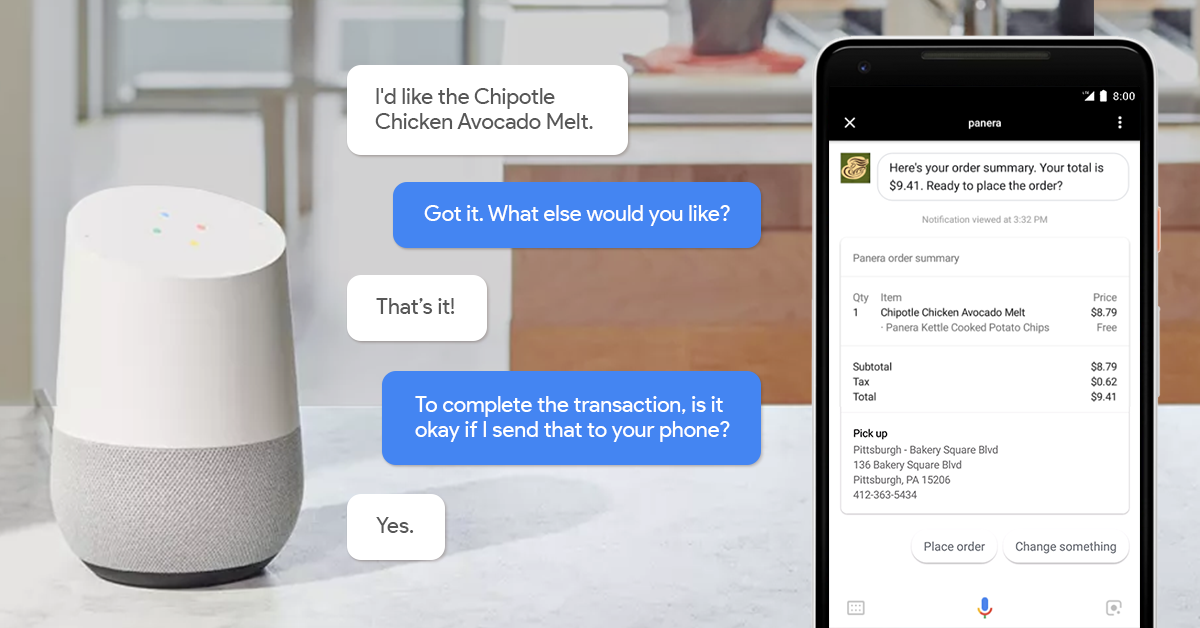
Google Developers is rolling out a huge update to Actions on Google, the backbone through which developers can create those Assistant apps and integrations that are still a little hidden but can be very useful if you interact with your Home or phone a lot through voice. Both developers and users stand to benefit from these changes as there are a lot of improvements that will add up quickly for a better experience.
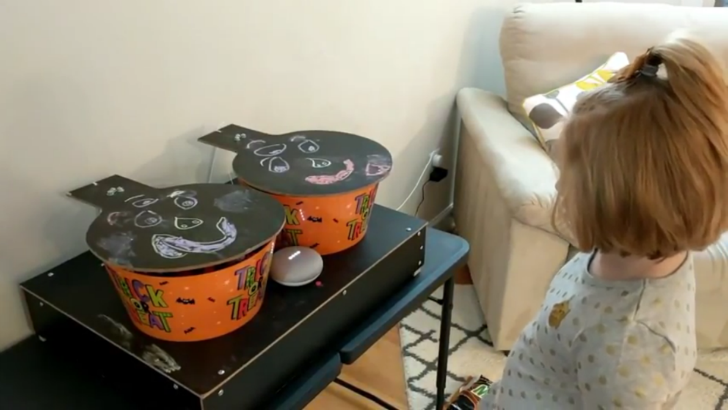
Halloween is over (sad face) but that doesn't mean we can't still enjoy its nerdy tricks and its geeky treats. Google Home already has its own Halloween tricks, but if you're an awesome dad, you'd go above and beyond that. Case in point: this set of Halloween bowls rigged by tjudkinsYT and demoed by his daughter. He's using Android Things on a Raspberry Pi and his own unpublished Action on Google (hence the "getting the test version of Trick or Treat Bowl" you hear the nice Google lady say in reply) to trigger it through Assistant on his Home Mini.
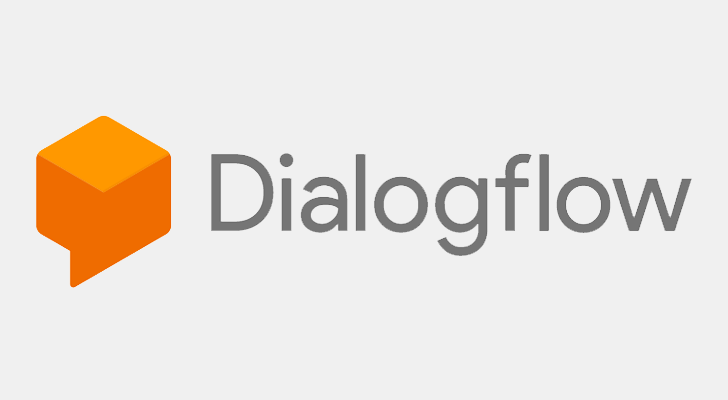
Back in September 2016, Google purchased Speaktoit, a company specializing in natural language technology. The company's main service at the time was API.AI, an SDK that allowed creating voice interfaces for mobile apps. Google re-purposed the tool to create Google Assistant Apps (formerly known as 'Actions on Google').
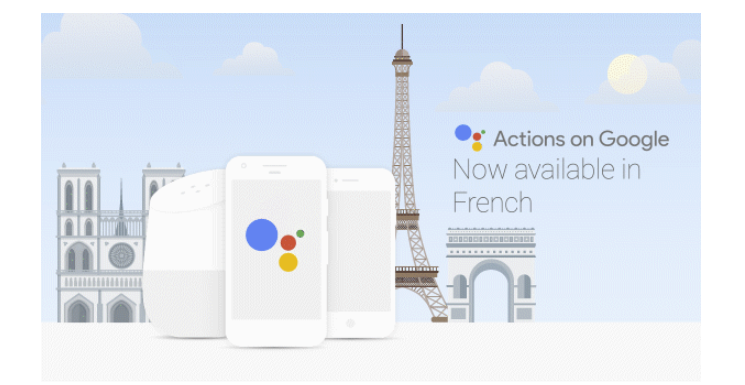
I'll be honest, I'm having trouble keeping track of the distinction Google seems to be trying to make between "Apps for the Google Assistant," "Actions on Google," and the Google Assistant. I get that the ambiguous double name for the former expands the capabilities of the latter for developer use. But, frankly, the difference in marketing seems entirely unnecessary and overly confusing, both for consumers and for myself.
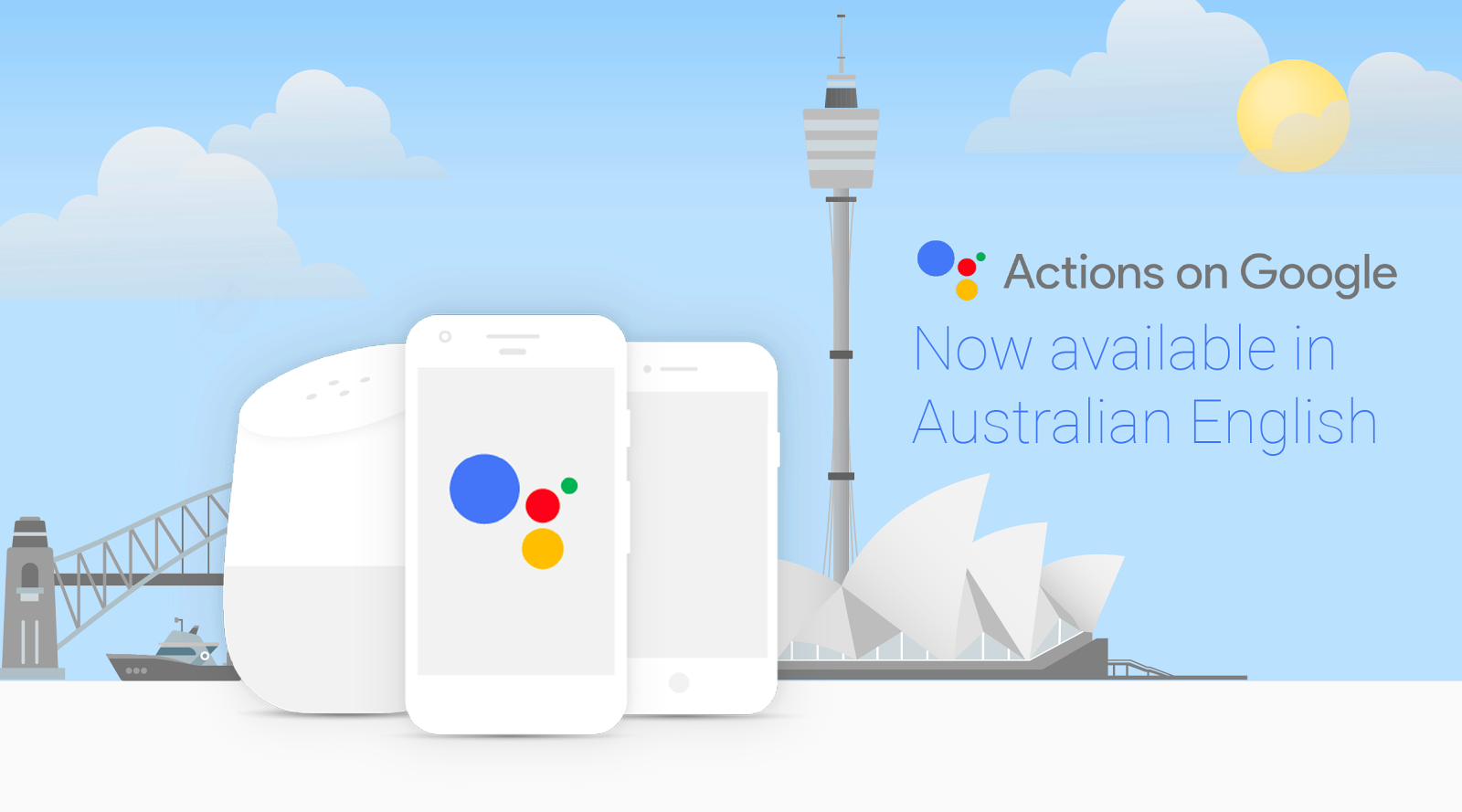
Third party apps and services have been able to connect with the Google Assistant in the States since late last year, through the Actions on Google platform. Compatibility with more languages and regions was promised, and a couple of months ago we got support for it here in the UK, too. Australia is next up. Starting today, developers and businesses down under can integrate their apps with the Google Assistant.







